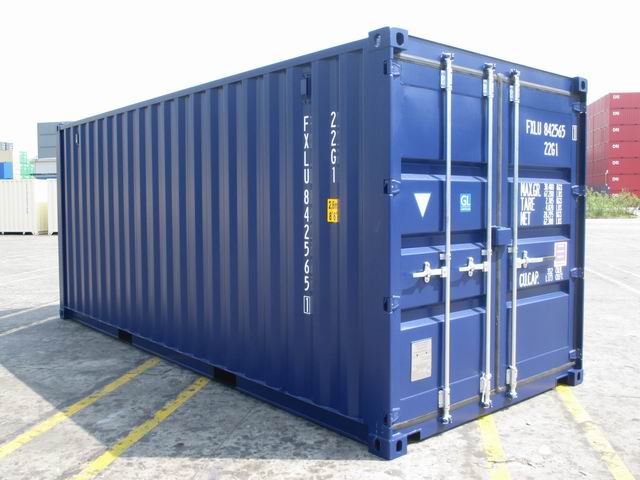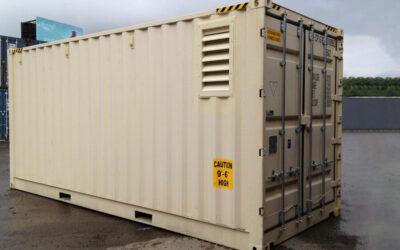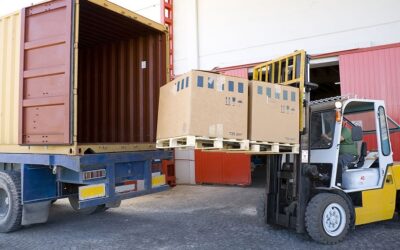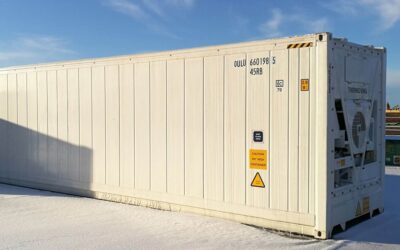The Complete Guide to Dry Container [Types, Dimensions & Specifications]
Table of Contents
What is a Dry Container?
Dry containers are the most popular and most common containers. These steel containers usually have the following features
- Completely closed and weatherproof
- A rigid roof, sidewalls and base
- Fully shielded.
Dry containers the most well-known type of vessels, and you can use them to load various kinds of typical load. As much as 90% of freight shipped via the ocean is packed in dry containers.
Along with that, these containers are more affordable than other kinds of containers, as there are no exceptional prerequisites.
Construction:
Appropriate for a wide range of payload, the 20-foot and 40-foot dry containers made of aluminium or steel. Aluminium vessels have wider freight accommodation as compared to the steel containers. But that doesn’t undermine the use of steel containers as they have a giant interior cube inside them.
Lashing rings and add-ons:
Lashing rings are fixed on the inner side of the majority of containers. Along with that, an anti-eroding steel plate has installed on the holder that can limit corrosion.
Moreover, for shipping liquid or dry bulk cargo, these containers can have add-ons, including liner packs or flex tanks.
Complete seal:
For safe and secure transit, the container must prevent the external environment from damaging the goods inside. For this, a dry container is usually made to be airtight.
These standard dry cargo containers are sealed and made waterproof and, are utilized for the majority of the local and global shipment. They accommodate almost all dry goods, boxes, beds, sacks, barrels and so forth.
Flooring
A significant number of dry containers come with plywood flooring. These containers are built as per ISO standard, to allow intermodal transportation like trucks, ships, trains etc.
Also Read
| Open Top Container | Hard Top Container |
| Platform Container | Insulated Shipping |
| Flat Rack Container | Pallet Wide Containers |
| Intermediate Bulk Container | Reefer Container |
| Ventilated Container | Tank Container |
Usage of a standard dry container:
Standard dry containers are intermodal and can be used to move products by road, rail or sea. A large variety of cargo carried in the 20′ and 40′ standard dry containers are the most common types. The 45′ dry containers are mainly suitable for moving long loads.
All freight compartments conform with TIR/CCC agreements’ detailed requirements and International Convention of Safe Containers.
The details about the cargo are displayed on the side of or close to a dry container’s door. Moreover, the rules and guidelines about the weight may vary from country to country and state to state.
Though the containers’ size and design have been standardized yet, they can vary depending on each size and type of classification and can also differ from one operator to another.
For instance, two 40 feet dry cargo containers could seem identical from the outside. Still, they may have different interiors depending on the type of product they deliver. One could be manufactured for loading goods on pallets and the other for shipping dresses on hangers for convenient off-loading.
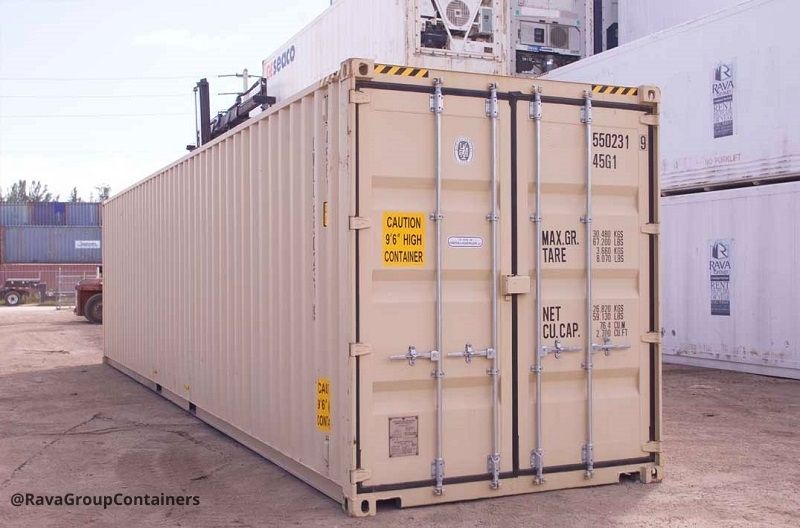
What is Dry Freight Container?
Dry freight container or dry container refer to the same thing. A dry freight container is a steel container used for moving a wide range of products, other than the fluids. The dry-freight compartment comes in different sizes depending on the services you need and usually come in 20′, 40′ or a little above 45′.
What are the types of Dry container?
Dry Cargo containers come in a wide range of sizes. The following are its types
- Shelved-Mini
It’s fitted with a three-section shelf. Can be inserted and removed without any assistance of tools. Can support 1000 kg of weight
- Standard-Mini
To transport packed or pallet items, easy access and is robust and four-way fork pockets.
- Standard 10’’x 8.”
Can accommodate two fully loaded pallets
- Innovative 10’’x 8.”
Doors on the longer side of the container giving wider loading access accommodating two pallets inside.
Others types include
- 15’’x8″
- 20’’x8
- Mini-Mini
Dry containers VS Reefer Containers
The significant contrast between ordinary dry container and reefer container is that the reefer containers have a temperature-controlling framework. The dry vessels don’t have it in them. The kind of cargo container that you’ll, in the end, pick mainly depend upon:
- Your own or business requirements
- Your spending plans
Dry Container VS High Cube
Except for the height, High-cube containers are not different from ordinary containers. When compared to the other standard holders, high cube containers are taller. The inexact stature of high cube container is 9 feet 6 inches whereas the height of other containers is usually 8 feet 6 inches.
High cube containers are mostly accessible in 40′ long, and rarely can you find them in 45′ long—high cube containers built with 14-gauge ridged steel panels with hinged doors on one side.
| | Standard Dry Container | High-cube |
| Length | 8.6 feet | 9.6 feet |
| width | 8 feet | 8 feet |
| Height of door | 7.5 feet | 8.5 feet |
| Weight of 40 ft. | 3628.7kg | 3980.2kg |
Dry container dimensions, size and capacity
The specific dimensions and capacities of dry containers may vary depending on
- Builder of the container
- How old is the container?
- Who owns it?
The specifications listed below show the values for the majority of containers available.
20′ Dry Container
20ft Dry Container is manufacture for multi-purpose cargo transportation of non-perishable freight on the ocean and the street or rail.
Benefits
- Ideal for conveying goods with high density
- 20ft containers have forklift pockets
- Reasonable for more modest payload tasks
Specifications
| Tare Weight (kg) | Payload Capcity(kg) | Cubic Capacity(m3) | Door opening width(m) | Door opening height(m) |
| 2,300 | 25,000 | 33.2 | 2.34 | 2.28 |
Dimensions:
| Internal Length (m) | Internal Height(m) | Internal Width(m) |
| 5.9 | 2.35 | 2.39 |
40ft. Dry Container
Specification
| Tare Weight (kg) | Payload Capacity(kg) | Cubic Capacity(m3) | Door opening width(m) | Door opening height(m) |
| 3750 | 27,600 | 67.72 | 2.34 | 2.28 |
Dimension
| Internal Length (m) | Internal Height(m) | Internal Width(m) |
| 12.03 | 2.39 | 2.35 |
